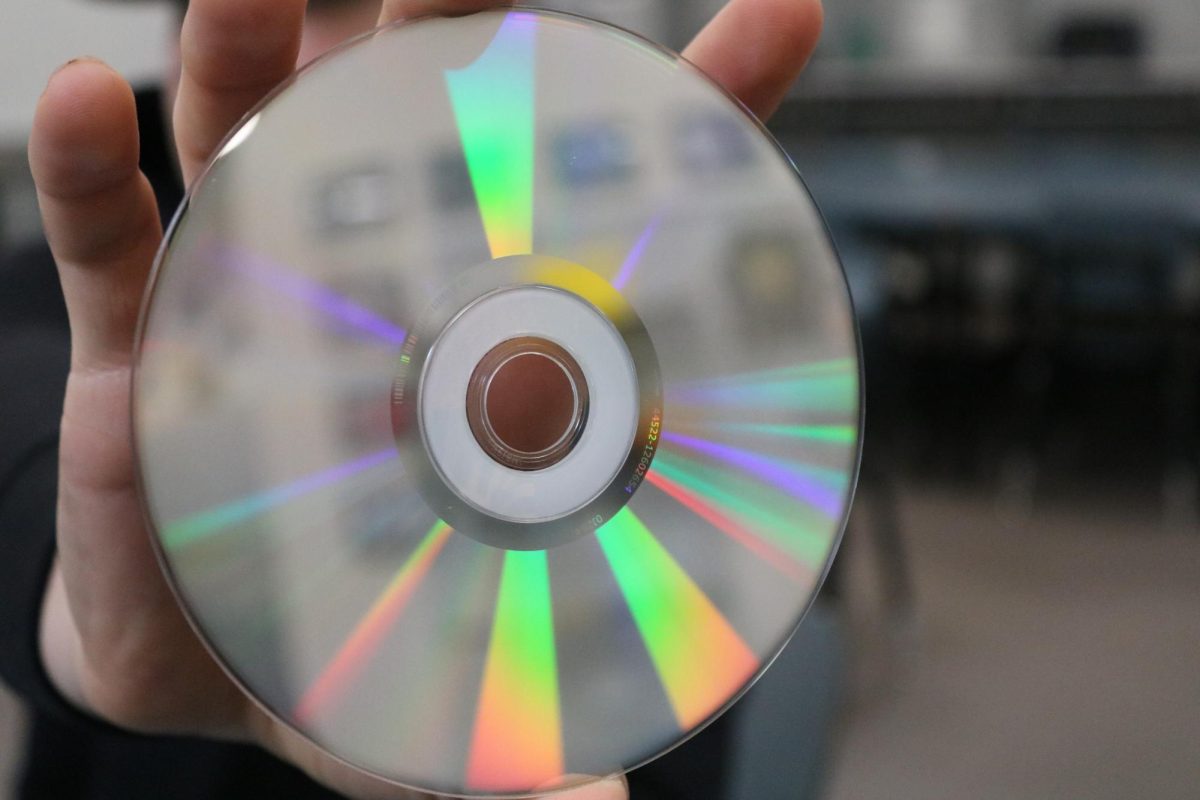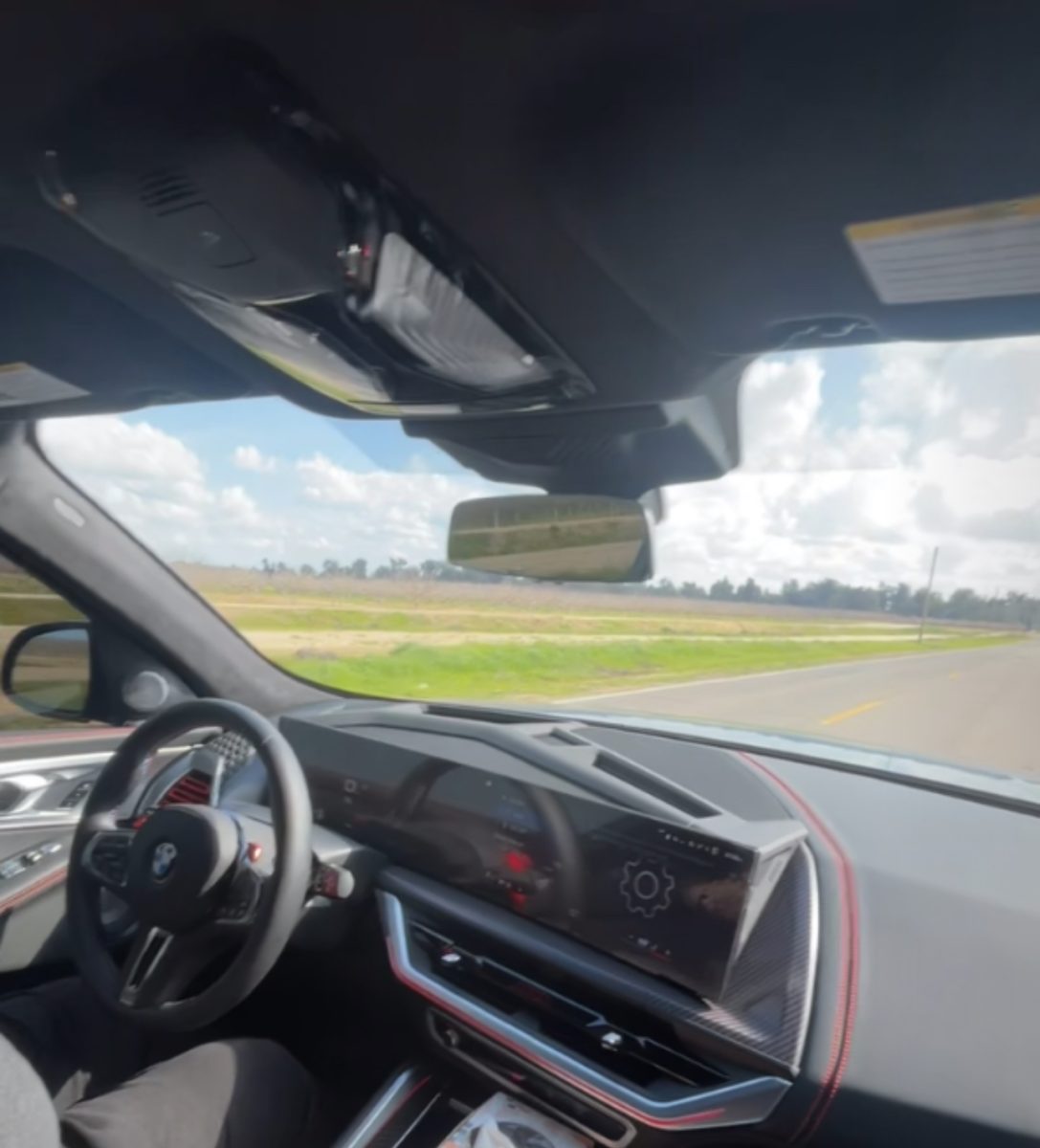Researchers and scientists from the University of Shanghai for Science and Technology have discovered a way of fitting more than 1 petabit of data onto an optical disk. The size of a petabit is that of 125 terabytes which each have 1000 gigabytes; they are able to store this much information inside of a disk by storing the information in 3 dimensions. Until recently, a disk like that of a DVD would only be able to hold one layer of information which was read by a laser. Now with the use of more sophisticated methods, a disk can have up to 100 layers in just 54 nanometers of space. Min Gu, a professor at the University of Shanghai for Science and Technology believes this provides a more sustainable solution for the digital economy saying “This could greatly reduce the footprint as well as the energy consumption of the future big data centers, providing a sustainable solution for the digital economy,”.
To put into perspective how efficient optical disks are at storing information, 1 optical disk is about 1.5 millimeters high. A DVD disk that could fit a petabyte of information would be about 200 centimeters high. Lastly, an equivalent array of Blu-Ray storage would be over 2 meters high. The technique used to make and extract the information from the optical disk was made possible by the creation of a new material called “dye-doped photoresist with aggregation-induced emission luminogens, or AIR-DDPR”. AIR-DDPR is a highly consistent and transparent film that lets researchers blast it with lasers at the nano-particle scale with high precision, allowing for a new extraordinary storage method. Many people and businesses could benefit from optical disks not just because of their environmental footprint but also for many parts of the internet and the tech industry as a whole.
Gu has said he was surprised the material handled both writing-recording and reading at the nano-scale level well. According to IEEE Spectrum, the researchers say the discs can likely be manufactured in about six minutes apiece using similar processes to DVDs. Gu hopes that in the future they will be able to make and write on them even quicker once they have an even more precise laser. The process of making the optical disk is also not as energy efficient as they would like it to be so they are planning to fix that as well. Gu has said that it took him years to find this breakthrough saying “It has been a 10-year effort searching for this kind of material,” and he added why it was so difficult to make it mentioning “The difficulty has been how the writing and reading processes affect each other in a given material—in particular, in a three-dimensional geometry.”. The optical disk will most likely become commercially available in the next few years when the process of making it is more accurate and more energy efficient.




